You’re at a party, a family gathering, or next to the sports field – and someone develops a health issue. All eyes turn to you because, after all, you’re the nurse or nurse-to-be. Does this scenario sound familiar to you?
There’s just one problem–you don’t have any of the hospital equipment and supplies and there might not even be a first aid kit.
This is when you need to keep your wits about you, recall the basic principles you’ve learned, and come up with some creative problem-solving. Having one of the following emergency hacks up your sleeve might also be just the solution you’re looking for.
Dr. Amy Faith Ho, an emergency physician in a trauma center, introduced the first five hacks which she refers to as emergency “MacGyver” tips. The best thing about these tips is that they can be used effectively by anyone, anywhere–and will probably save a trip to the ER.
1. Black tea bags as a vasoconstrictor

As Dr. Amy Ho describes, there is seldom a place where tea bags aren’t available. Any brand will do as long as it’s regular black tea which contains tannic acid. Tannic acid is a proven vasoconstrictor.
Wet the tea bag and apply it topically with slight pressure to nearly stop any mucous membrane bleeding. This tip works particularly well when bleeding restarts after a tooth extraction, or you can use it for bleeding cuts inside the mouth and also with bleeding hemorrhoids.
2. Remove a ring with a string

Someone has injured his finger and it’s starting to swell. You realize that you need to remove his ring immediately but it just can’t pass the knuckle or the swollen part. This tip won’t need any ring cutters or call in the fire department.
Grab some dental floss or any thin string. Slip the end of the string under the ring and then wrap the other side of the string around the finger as tightly as possible. Wrap from the edge of the ring and have someone carefully unwind it all the way down the finger.
3. Rubbing alcohol for nausea
You can use ordinary rubbing alcohol to aid someone nauseous from whatever cause. Studies have shown that it’s just as effective as any of the common medications used to treat nausea. You’re likely to find a bottle of this inexpensive substance hiding in most bathroom cabinets.
To treat nausea, pour some into a small container and have the person inhale it with a deep breath through the nose, and out through the mouth. Repeat three times every 15 minutes. Research found that rubbing alcohol reduces nausea by more than 50%, beating antiemetics like ondansetron, metoclopramide, and promethazine. You can use this trick in the hospital or community clinic setting as well.
4. Milk for (capsaicin) burns
Pepper spray accidentally let off while fooling around? Or maybe someone thoughtlessly rubbed his eyes after chopping up chili peppers? Rinsing with water doesn’t help from this burn. No problem. Capsaicin is fat-soluble and anything fatty will easily and quickly relieve the burn.
Grab a bottle of whole fat milk and pour it over, even in the eyes. You can also use mayonnaise on a skin burn. According to Dr. Ho, you can actually see the fatty globules coming out with the milk.
5. Hot sauce when vomiting after smoking pot
When someone is vomiting excessively, ask them if they experience it regularly and whether hot showers help. In this case, the vomiting is most likely caused by cannabis use. Grab the hot sauce and pour it onto their stomach. Studies have shown that there is a receptor that responds to both hot water and capsaicin, and that capsaicin cream works very well to provide relief for this condition.
However, the likelihood of capsaicin cream being available is very small–but hot sauces also contain this ingredient and can be found in most kitchens. You do need a fairly mild to moderate hot sauce to avoid burns. Hot sauces are graded in Scoville units and you’re looking at a sauce with 4,000 to 12,000 Scoville units only. The person will obviously feel some burning sensation from the treatment. When the sauce has done its work, you can rinse the skin with some milk to neutralize the capsaicin.
6. Superglue for lacerations
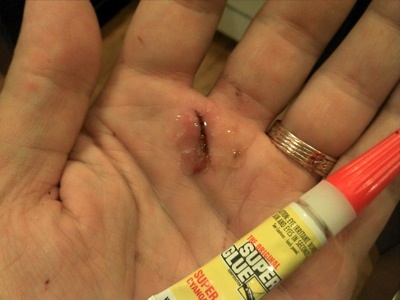
Dr. Troy Madsen, an emergency room physician, explains that the glue used in the ER these days instead of stitches is the same as superglue. The formulation is just slightly different so that it doesn’t sting.
You can treat a simple laceration with an ordinary superglue, as long as it’s a clean wound with no serious indications for potential infection. Also, make sure that there’s no damage to tendons. Wash the wound well and bond the sides together with superglue. The glue will fall off on its own after a while. It’s quick and simple and can save a visit to the ER.
7. Cardboard box and t-shirt for splints
When you have a fractured bone, every single bump hurts like crazy until a cast is placed–so the trip to the ER without a splint can be very painful.Dr. Troy Madsen again has some good advice when there’s no first-aid box or emergency services available. You can find a cardboard box lying around almost anywhere and you can use this to make an effective splint. In fact, the newer splints used in emergency care are a specialized type of cardboard.
Cut a few layers of cardboard to the right size and place lengths on either side of the limb to immobilize the fracture. Wrap something around to keep it in place–even a t-shirt will do the thing.
8. Dig into the cooler to treat sprains
Strains and sprains happen most often during outdoor activities–across the sports field or while running around on a family picnic. You know that Rest, Ice, Compression and Elevation or R.I.C.E. is the treatment.
When outdoors, someone is bound to have a cooler–and you can find the “ice” right away. There might be some actual ice that you can put into a plastic bag and place on the injury. Otherwise, just use the ice pack or even that ice-cold can of cold drink or beer that you have. If you’re at home, a pack of frozen veggies makes a great cold pack because it molds neatly around the injured area. Always remember to put a barrier like a towel or even an item of clothing between the cold pack and the skin. Don’t apply the cold pack for more than 20 minutes every two to three hours.
9. Sterile dressings for open wounds
It’s been drilled into you that dressings on open wounds must be sterile to prevent infection. But what do you do when there aren’t any sterile dressings available? Look for the cleanest option that’s available–and it’s usually not clothing. At least one woman is likely to have a sanitary pad or even a tampon in their bag. These wrapped items are near sterile and make for great pressure dressings.
Unopened plastic grocery bags are sterile inside, because of the heat during the manufacturing process. So, if there’s a general dealer shop nearby you can grab a bag, tear it open and place them inside of it over the wound. Then you can wrap it with whatever is available. Hopefully, you’ll never need it, but this hack is also a good one to remember in the event of mass injuries in a shopping center when there is just not enough dressing material available to treat everyone.
10. Ice pack for migraine headache
Cold therapy has been used effectively for a long time to treat migraine and other severe headaches although scientists are still not quite sure why it works. What they do know is that migraine is caused by dilation of cerebral blood vessels due to physiological processes that are still unclear.
A study found that applying ice packs with a neck wrap at the front of the neck where the carotid arteries are close to the skin significantly reduced migraine headaches. The cold therapy likely helps to constrict the blood vessels. The cooling could possibly also reduce inflammation. Another theory is that the cold sensation overrides the neurotransmission of pain. Apply the ice pack no longer than about 20 minutes at a time, or shorter if the person complains that it’s getting too cold.
Other emergency hacks?
Do you have any other emergency care hacks, using commonly available materials, that can be used outside of the hospital setting? Maybe something you came up with on the spur of the moment and that worked well? Please share your tips in the comments section below.
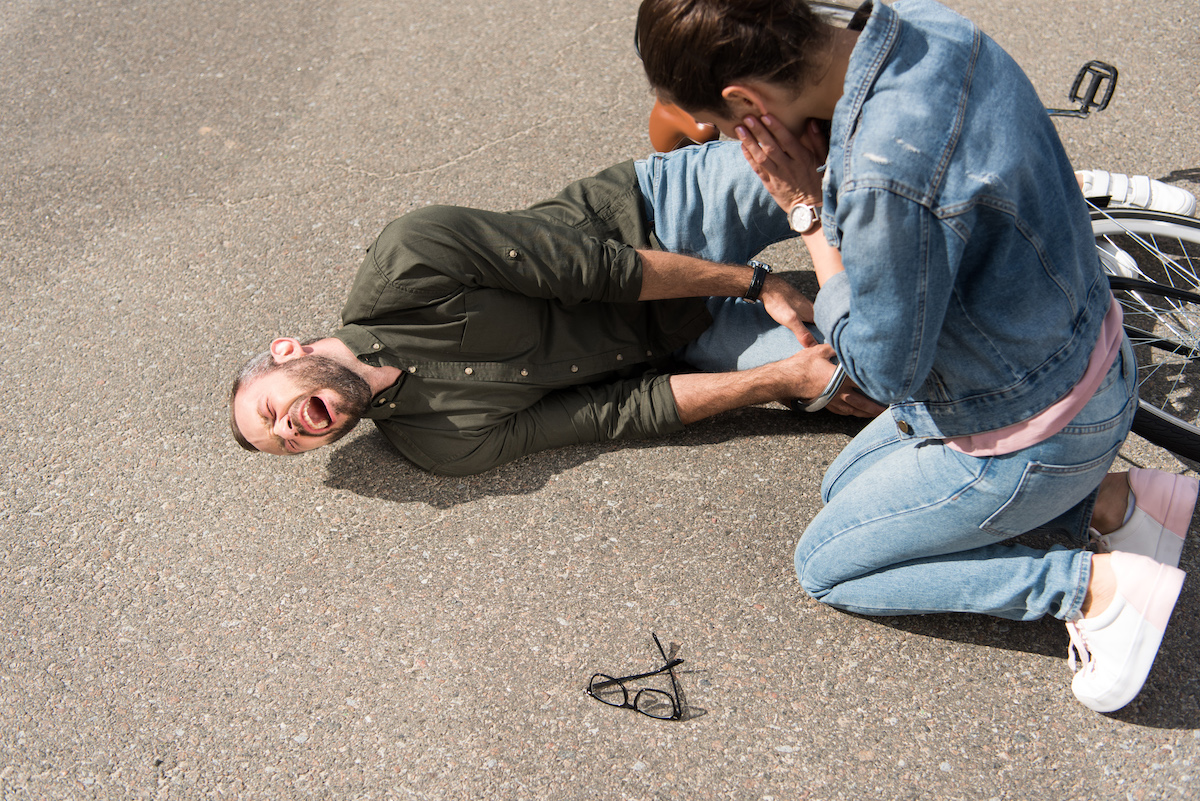

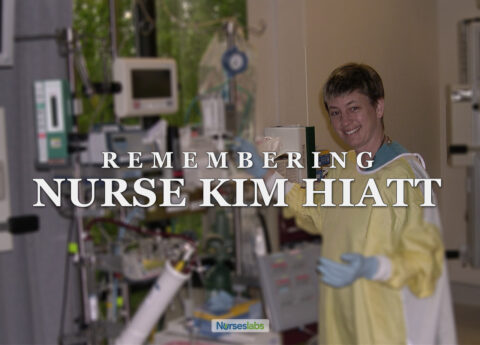


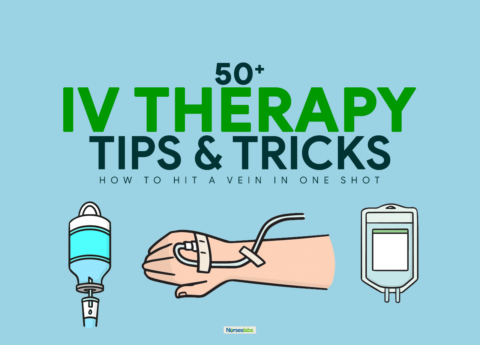



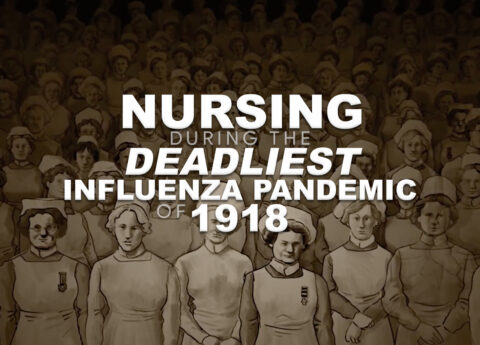



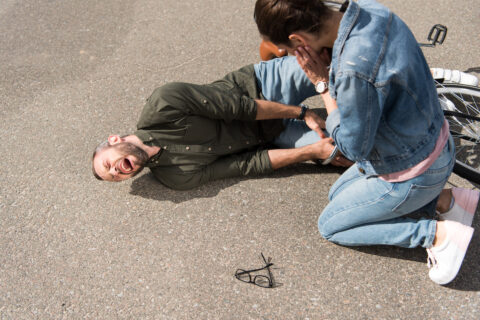


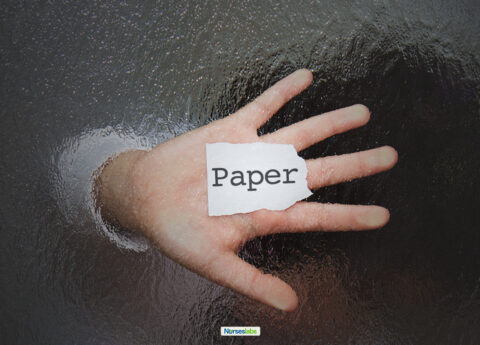



















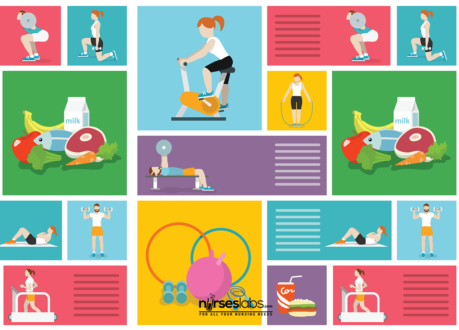
Leave a Comment